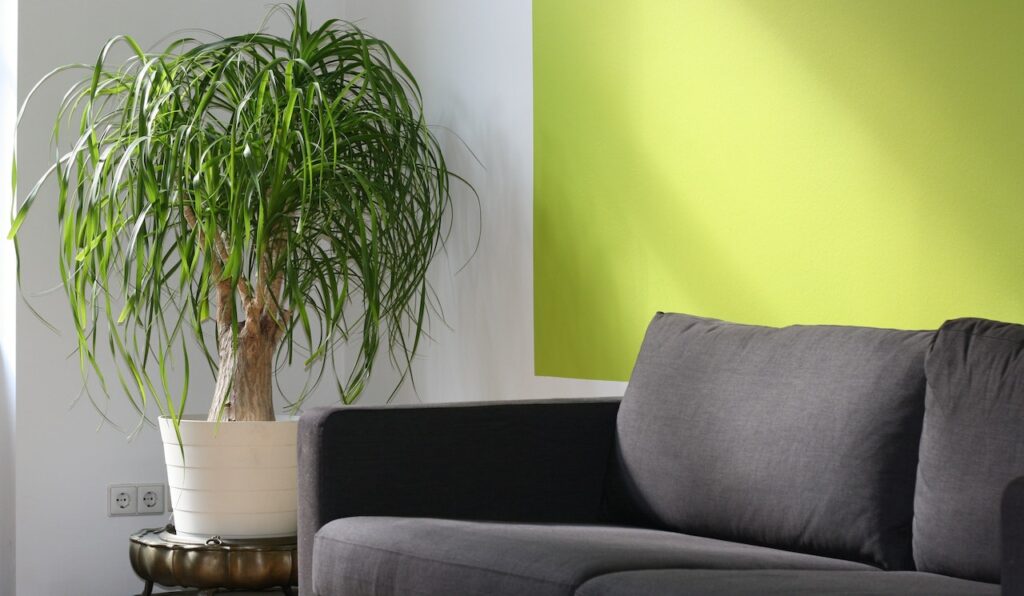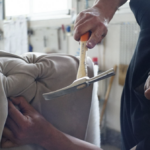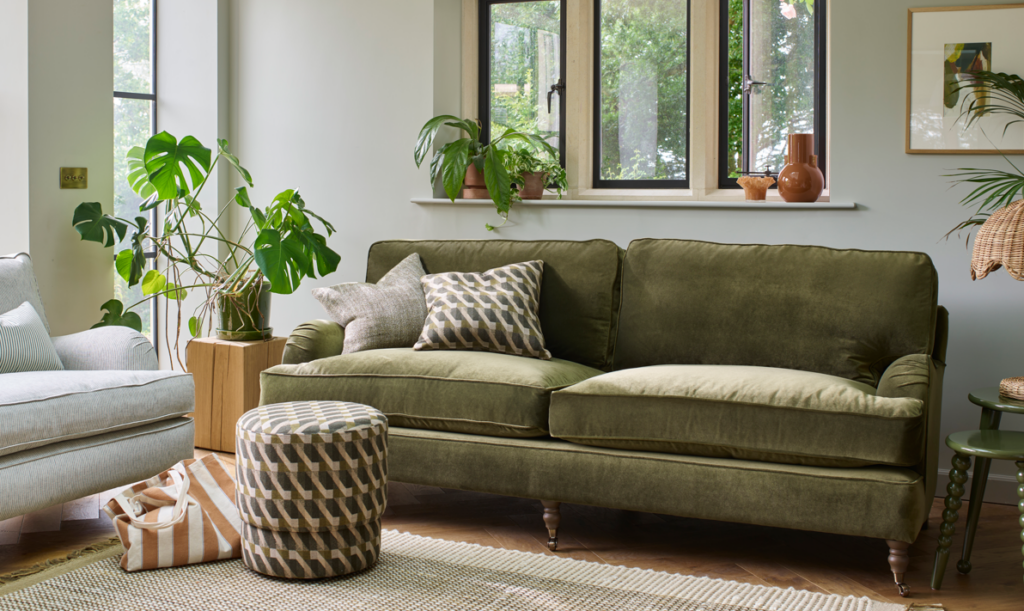Furniture prices fell in December to its lowest rate of the year as overall inflation increased for the first time since February 2023.
According to the latest Office for National for National Statistics (ONS) data, the Consumer Prices Index (CPI) rose by 4.0% in the 12 months to December 2023, up from 3.9% in November. On a monthly basis, CPI rose by 0.4% in December 2023, the same rate as in December 2022.
Furniture and furnishing prices rose by 1.2% in December, down from 2.4% in November, while declining from 11.9% compared to the same month last year.
The retail price of household furniture increased by 1.2% in the month, down from a rise of 2.4%, while down from 12.1% last year.
Garden furniture prices rose 3%, down from 4.3% on last month and down from 12.2% compared to last year.
Carpets and other floorcoverings prices rose 4.8%, down from 5.7% the previous month, while also down from an 10.5% rise last year.
Other household textile prices, including furnishings fabrics, curtains and bedding, saw prices rise by 2.5%, up from 1.9% the previous month, while down from 7.2% on last year.
Meanwhile, Producer Price Inflation (PPI) saw the rate of furniture output prices, factory gate, rise 4.4% in December on the same month in the previous year. The rate was down from the rise of 5.4% in November.
Furniture input prices, material cost of production, were down -2.7% in December on the same month last year, and down from a decline of -2.5% the previous month.
Producer input prices fell by 2.8% in the year to December 2023, down from a revised fall of 2.7% in the year to November 2023. Producer output (factory gate) prices rose by 0.1% in the year to December 2023, up from a revised fall of 0.1% in the year to November 2023. On a monthly basis, producer input prices fell by 1.2% and output prices fell by 0.6% in December 2023.
Commenting on the inflation figures for December, ONS Chief Economist Grant Fitzner said: “The rate of inflation ticked up a little in December, with rises in tobacco prices due to recently introduced duty increases.
“These were partially offset by falling food inflation, where prices still rose but at a much lower rate than this time last year. Meanwhile, the prices of goods leaving factories are little changed over the last few months, while the costs of raw materials remain lower than a year ago.”
Kris Hamer, Director of Insight of the British Retail Consortium, said: “Efforts to bring down inflation faltered in December, with rises in clothing and footwear and alcoholic beverages and tobacco products. Despite retailers’ efforts to deliver an affordable Christmas for everyone, high input costs increased inflation rates in furniture and household equipment. There was a ninth consecutive fall in the inflation rate for food relieving some pressure on struggling households. While inflation overall remains positive, there were falls in the price of fish and yoghurt, though the price of other products such as olive oil rose due to extreme weather conditions in Europe. Meanwhile, gifting was made cheaper by the falling price of footwear and toys.
“Retailers face a number of extra costs this year that threaten the progress made to reduce prices. New EU border checks this month, disruption in the Red Sea, a hike to business rates in April, and the potential of a new grocer surtax in Scotland are all challenges that retailers need to navigate in 2024. With an election in the next 12 months, it is time political parties understand the value of retail to the wider economy and set out a clear and cohesive plan for retail in their manifestos. Allowing retail to thrive will create jobs, bring down prices for households, and support communities up and down the country.”















